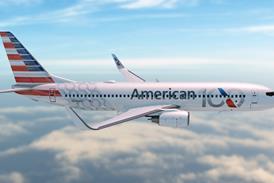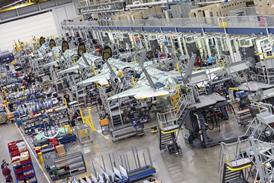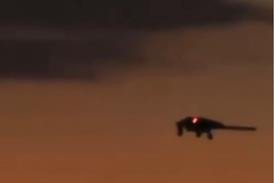FlightGlobal is the global aviation community’s primary source of news, data, insight, knowledge and expertise. We provide news, data, analytics and advisory services to connect the aviation community globally and help organisations shape their business strategies, identify new opportunities and make better decisions faster.
NTSB lays out Boeing ‘deficiencies’ it says contributed to 737 Max door-plug failure

A raft of issues at Boeing, including those related to inexperienced workers and documentation failures, led to manufacturing oversights that resulted in the January 2024 in-flight failure of a 737 Max 9’s mid-exit door (MED) plug.
Keep reading this article by becoming a FlightGlobal member now
PLEASE REGISTER FOR FREE OR SIGN IN TO CONTINUE READING

You have reached your limit of free articles for this period. Register for a FREE account to read this article and benefit from:
- Increased access to online news and in-depth articles from:
- FlightGlobal Premium covering the global aviation industry
- Airline Business providing insight for business leaders
- Weekly newsletters on topics across the industry




















